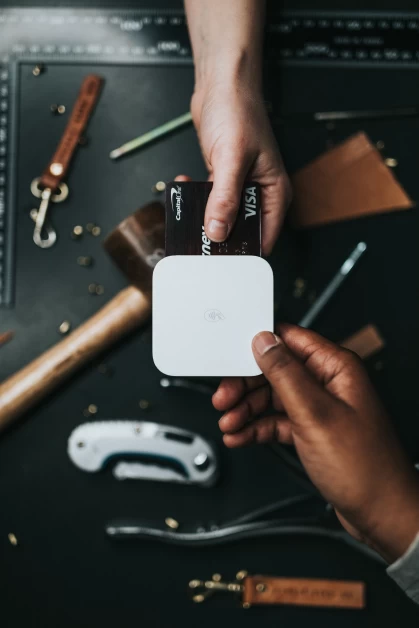Table of Contents
Sales Funnel Steps: The Ultimate Guide For Beginners
Introduction to Sales Funnel Steps
In the world of business and marketing, understanding the sales funnel is crucial for success. A sales funnel is a framework that represents the customer journey from initial awareness to making a purchase and beyond. It helps businesses understand how potential customers progress through different stages and optimize each stage to attract prospects, boost conversions, and drive revenue growth.
The Six Stages of the Sales Funnel
The sales funnel consists of six stages: Awareness, Interest, Decision, Action, Retention, and Re-engagement. Each stage represents a different step in the customer journey, and businesses must tailor their strategies to address the unique needs and behaviors of customers at each stage.
Awareness Stage
The awareness stage is the first step in the sales funnel, where potential customers become aware of a product or service. At this stage, businesses must focus on attracting the attention of their target audience and introducing them to their brand. Strategies for this stage may include creating content, sharing material through blog posts and social media, and using paid advertising and influencers to increase brand awareness.
Interest Stage
In the interest stage, potential customers are conducting research, comparing prices, and considering options. Businesses must educate them about their product or service and why they are better than the competition. Strategies to attract customers at this stage may include blog posts, email campaigns, lead magnets, free trials, and chatbots.
Decision Stage
The decision stage occurs when potential buyers have formed a significant interest in a product or service and are considering making a purchase. At this stage, businesses must highlight the benefits of their offering and make a competitive offer to entice customers to buy. Strategies for this stage may include offering free trials, coupon codes, or bonus products.
Action Stage
The action stage is when customers make a purchase or take the desired action. Businesses must focus on providing excellent customer service to retain these customers and turn them into repeat customers and brand advocates. Strategies for this stage may include word-of-mouth marketing, loyalty programs, and continuous contact with customers.
Retention Stage
The retention stage involves customers who have made a purchase but are still comparing options and considering alternatives. Businesses must provide support and assistance to keep customers interested and satisfied with their purchase. Strategies for this stage may include sharing valuable content, providing helpful resources, and addressing customer concerns and problems.
Re-engagement Stage
The re-engagement stage is crucial for converting potential customers into paying customers and encouraging repeat purchases. Businesses must reconnect with potential consumers who have previously shown interest but have not taken further action. Strategies for this stage may include email marketing, social media outreach, and personalized communication to remind customers of the benefits of the product or service.
Optimizing the Sales Funnel
To optimize the sales funnel, businesses must analyze and improve each stage based on data and customer feedback. This can be done by using customer relationship management (CRM) software, tracking metrics, and continuously testing and refining strategies. CRM software can help manage leads, track the progress of deals, streamline processes, and provide insights for improvement.
Conclusion
Understanding and optimizing the stages of the sales funnel is crucial for business success. By analyzing each stage, businesses can identify areas for improvement, make strategic changes, and optimize the customer journey to increase conversions and drive revenue growth. Continual monitoring, data analysis, and iteration are essential for creating an effective sales funnel that attracts, converts, and retains customers.
